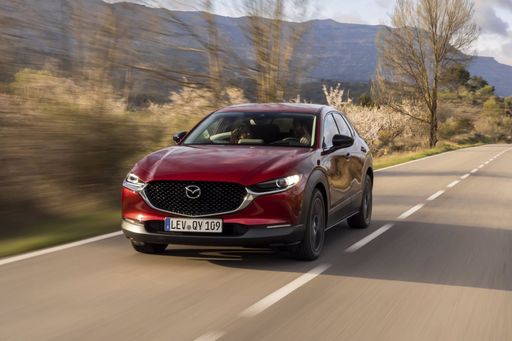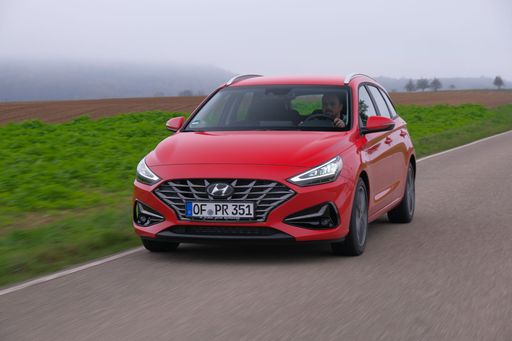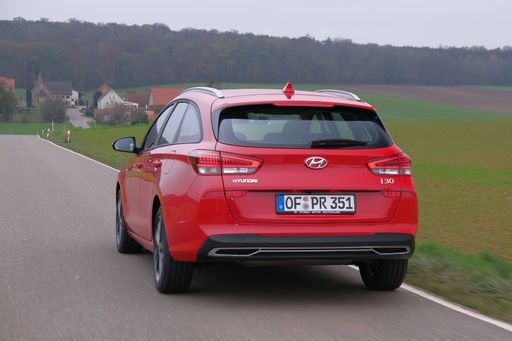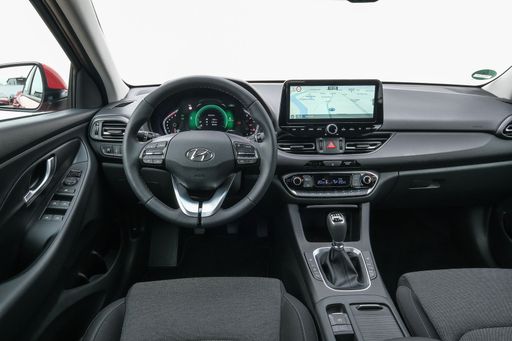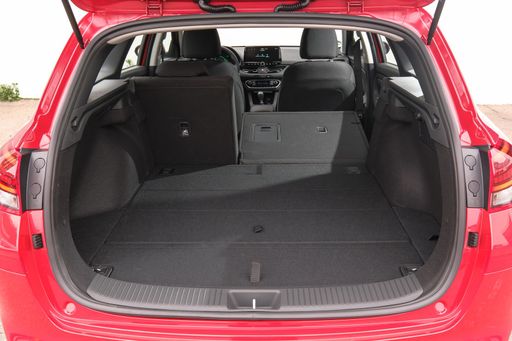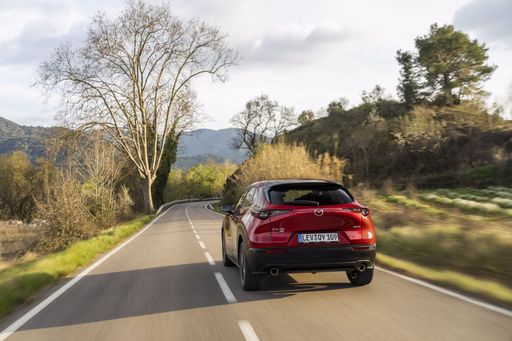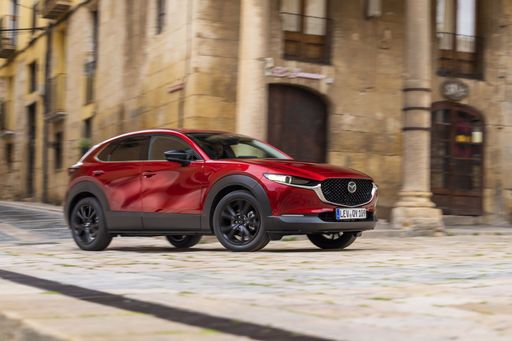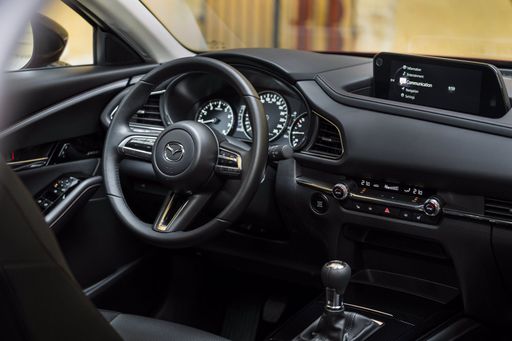Hyundai i30 Kombi vs. Mazda CX-30: A Clash of Styles and Functionality
In the ever-evolving world of automobiles, two contenders stand out in their respective categories: the Hyundai i30 Kombi and the Mazda CX-30. Both vehicles offer unique attributes and features that make them noteworthy in their class. In this article, we will compare these models based on performance, design, innovation, and practicality.

